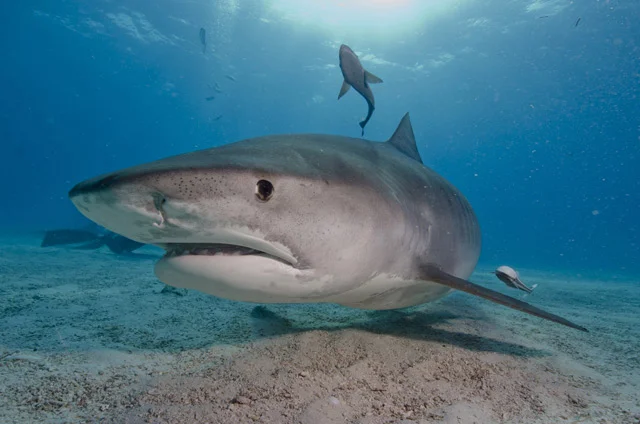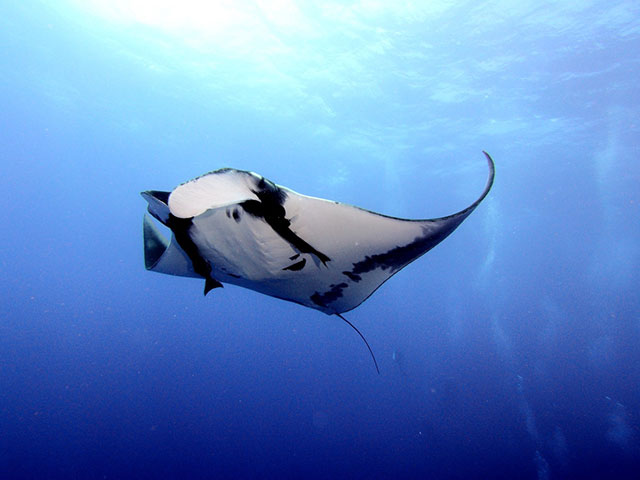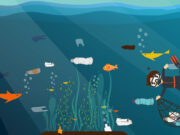Contents
See Whales in Australia and the Galapagos Islands
June is a great month for whale encounters, especially humpback whales. These giants of the ocean migrate during June and divers can enjoy them in Australia and the Galapagos Islands.
 Image: Deposit Photos
Image: Deposit PhotosThe Galapagos Islands are magical in June, with numerous whale sharks as well as the humpbacks. Divers can also enjoy the beginning of the Galapagos dry season.
The calm seas and great visibility at Australia‘s Great Barrier Reef in June make it a perfect destination at this time of year. It is also a whale hotspot, with dwarf minke whales migrating through the reef each winter. It is the only location in the world where divers and snorkellers can jump in the water with these whales. Humpback whales are also spotted frequently in June but swimming with them is not allowed at the Great Barrier Reef. Divers can instead enjoy listening to their song and watch them breach. The curious whales will sometimes even swim over to the boat.
Sharks Galore in Socorro, Mexico
The dive season for Socorro is coming to a close in June and is worth visiting before the season ends. It is a great destination in Mexico and can only be reached by liveaboard from the Baja Peninsula. It isn’t the place for coral reefs, but it is the place to enjoy dive experiences with large marine life such as dolphins, tiger sharks, hammerheads, Galapagos sharks and more. The diving is deep with currents and is best suited to intermediate and advanced divers.
 Image: Deposit Photos
Image: Deposit PhotosCocos Island for more ocean giants
June and July call divers to the waters of Cocos Island, where the magic of the rainy season brings the ocean’s giants right to you. While the seas may be lively and the rain plentiful, it’s this very season that the majestic hammerhead sharks gather in larger numbers, creating an underwater spectacle unlike any other.
Compare prices of liveaboards to the Cocos Islands
Embark on an unforgettable journey to encounter not just the hammerheads but also manta rays and whale sharks, drawn by the nutrient-rich waters. Though the crossing can be adventurous and the visibility varies between 33 to 82ft (10 – 25m) due to plankton, it’s a small price for the unparalleled marine life encounters.

Dive Komodo for, well, everything
For sharks, manta rays, eagle rays and loads of life with wild currents head for the north-east of Komodo. Notable marine mammals include the blue whale and sperm whale, which you occasionally see, as well as 10 species of dolphin and dugong. Marine reptiles include five species of turtle.
 Image: Vovo Korth
Image: Vovo KorthKomodo island is part of the Komodo National Park, a UNESCO World Heritage Site. The komodo dragon, the world’s largest lizard, takes its name from and lives on the island. You can’t stay on Komodo, so need to take a liveaboard boat.
The manta rays come with the currents around full and new moon.
To dive some of the best sites in Komodo you need to be an experienced diver and confident in fast moving water. And the best sites are absolutely world class.
Article by divers and writers at LiveAboard.com and Divebooker.com. Additional material by Jill Studholme.
Image credits:
- humpback whale: Deposit Photos
- Tiger Shark: Deposit Photos
- Diver and Eagle Ray: Vovo Korth

















